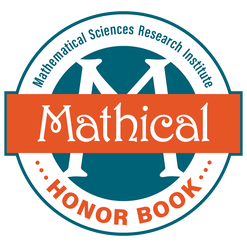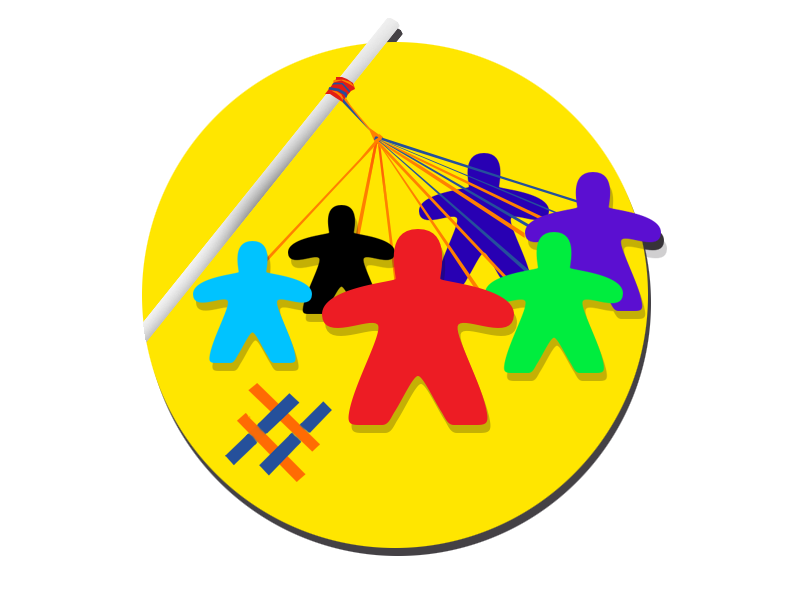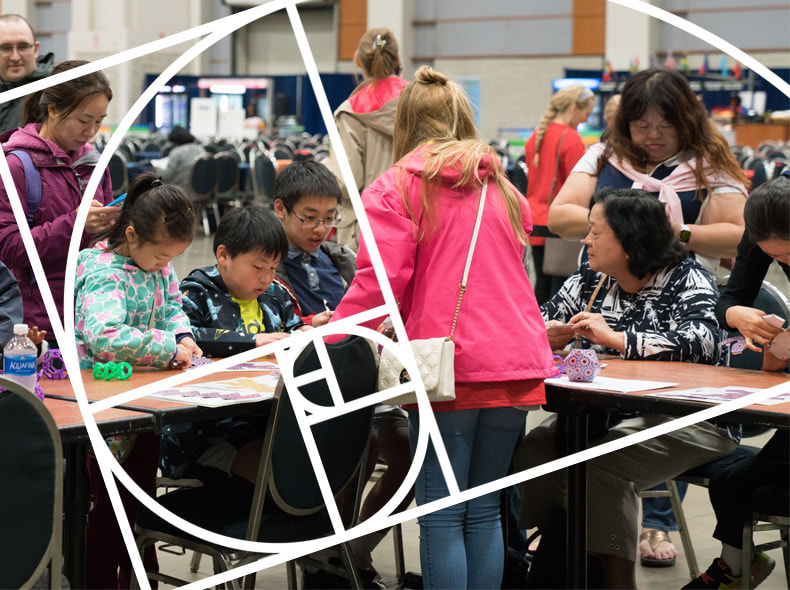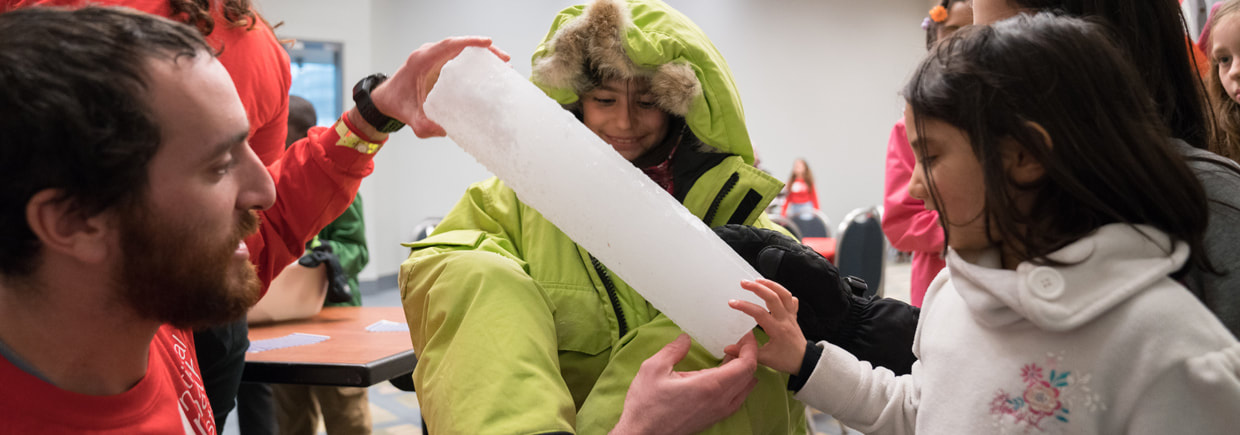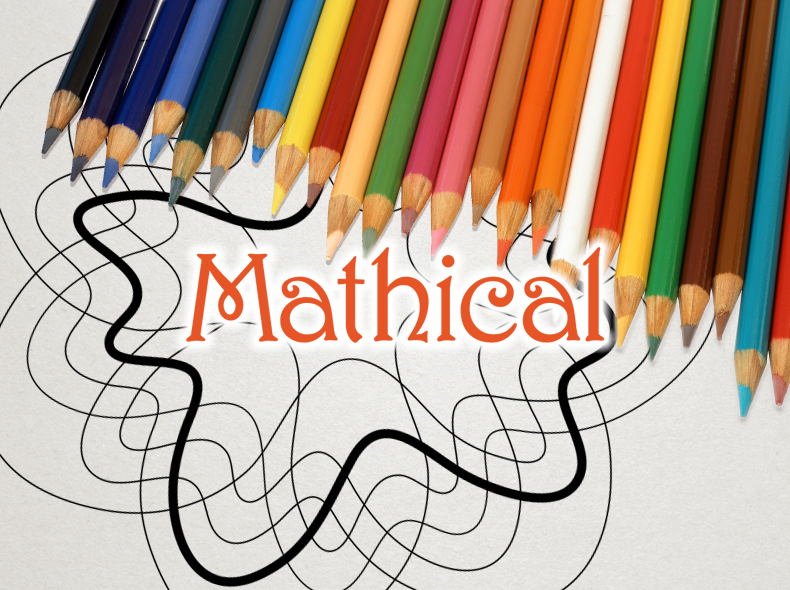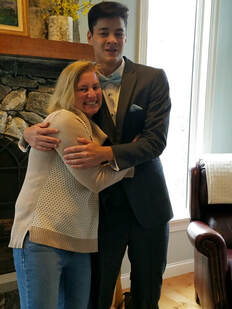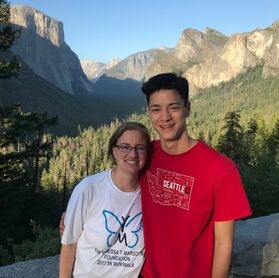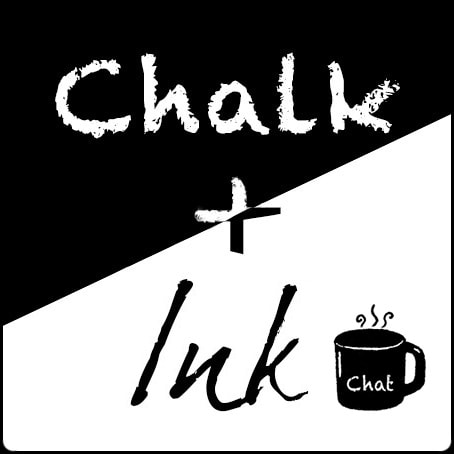Dr. Mary Lou Zeeman from Bowdoin College will present Math, Ice Cores and Planet Earth. “Come and see inside an ancient ice core, and find out about cool ways you can use math to understand our climate and to help keep Planet Earth healthy.” Our science curriculum used to touch on this idea and I always wondered how an ice core could tell us so much. Looks like I’ll find out a week from today!
0 Comments
Recently during parent teacher conferences, a parent lamented that he wanted to teach his daughter how to be able to write an essay but that unlike math, there wasn't a formula to teach writing. I explained that this was a common misconception, and that there was a basic formula teachers and parents could use to help students and children learn how to write a literary essay. Of course, advanced writers don't rely on this basic structure, but this structure can help anyone get started. In the video below, I explain how I created an interactive notebook (thanks to Google Slides and Slides Carnival) to help students learn the basic structure of an essay. If you don't wish to watch the video, but you do wish to use the interactive notebook, click here. The Literary Essay Interactive Notebook Screencastify TranscriptHi, I'm Kate Narita, author of 100 Bugs! A Counting Book and fourth grade teacher. I'm here today to show you an example of an interactive notebook. An interactive notebook is a slide deck, but unlike a slide deck where the student is required to be a passive recipient of information, an interactive notebook requires the student's participation in one way or another. Many students use interactive notebooks as a format to help their students take notes, but teachers also use interactive notebooks as a way to engage students in creating a puzzle. That's the example I'm going to show you today.
So, I'm going to click here to make a copy of an interactive notebook so you can see what it is that I'm talking about. This interactive notebook came into existence because of a comment that a parent made to me during parent teacher conferences. He said that he wanted to be able to help his child write an essay, but he didn't know how because unlike math there wasn't a formula to writing. I explained that this was a common misconception, but that it wasn't accurate. In fact there was a basic format people could use to teach students or children how to write a basic essay. I put together this interactive notebook called The Literary Essay. Here's the title slide, and then the next slide is simply an introduction to the notebook. It explains that writing is like a puzzle and that underneath every essay there is a structure. I've created a puzzle here for people to piece together a literary essay. Of course the goal is for students to write their own essays. After they practice here with this puzzle, they'll be better prepared to write their own pieces. This essay was written in January of 2018. We had a mock Caldecott in my classroom. This student believed that Wolf in the Snow by Matthew Cordell was going to win the Caldecott. This notebook features the essay she wrote about his book. Before we get to the actual essay, it's important for us to understand the actual order of an essay. Here I have the five paragraphs of a literary essay and they're scrambled for you. The introduction is in order as well as the first body paragraph which is in lime green. We also have the second body paragraph in magenta, the third body paragraph in yellow and then finally we have the conclusion in purple. I'll go ahead and move the second body paragraph in order so you can see what I'm talking about. If I click on the magenta piece here, I can move it. I see that it reads, "Topic sentence that restates point B." So, of course the topic sentence is going to be where I start my second body paragraph. But I'm not done yet. I see that there is another magenta piece here. This is the concluding sentence, the last sentence in my second body paragraph. In between my topic sentence and my concluding sentence, I'm going to have my three pieces of unpacked evidence to support point B. You can see now on this slide that I've correctly ordered the introductory paragraph, the first body paragraph and the second body paragraph. But I still need to put the third body paragraph and the concluding paragraph in order. I'll leave that for you to do later on. The next slide shows the introduction paragraph and you'll notice that it is turquoise just like the introductory paragraph pieces were on the previous slide. Of course we're going to start with a hook. This student chose to use a question. The hook is going to go at the top. Then, we have the thesis statement that states points a, b and c. Her thesis statement reads as follows, "Matthew Cordell should win the Caldecott for his illustrations in Wolf in the Snow because he shows concern, protection and care to reinforce the theme of friendship." That's her thesis statement and she uses throughout the rest of her essay. I'll do one more paragraph here to show you what I mean. First we have the introductory paragraph, now we have the first body paragraph. Remember back here the pieces were lime. Now it's lime here and we can actually read the entire first body paragraph that this author wrote. First we have the thesis that restates point A. That's going to go first. Then we have the unpacked evidence. Finally we have the concluding sentence. You can actually go through and do this with each paragraph in the essay. We have the second body paragraph, the third body paragraph, the concluding paragraph and finally the slide that tells you that this student did indeed pick the 2018 Caldecott winner. This is something you can use in your classroom or with your kids to teach them the basic literary essay structure. Thanks! |
Chalk + Ink ChatsWant to hang out with teachers who write and writers who teach? Fill this form to join our Archives
October 2023
Categories |
